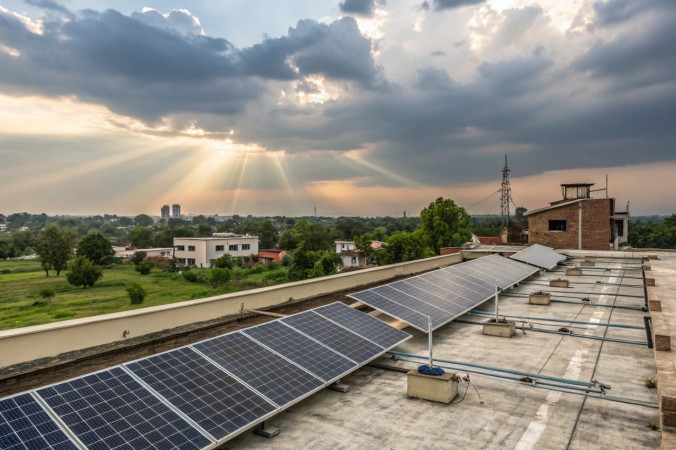
Follow India Renewable Energy News on WhatsApp for exclusive updates on clean energy news and insights
Optimizing Bifacial Solar Modules for Rooftop Installations
Mar 07, 2025
India is rapidly adopting bifacial solar modules in rooftop installations due to the decreasing availability of monofacial panels and the potential for higher energy yields. However, many installations fail to maximize bifacial module efficiency due to improper mounting structures, particularly the use of conventional purlin-based designs. These structures cast shadows on the rear side of bifacial modules, reducing energy gains from reflected sunlight, increasing degradation risks, and compromising long-term system performance.
Structural Challenges and Solutions
Bifacial modules rely on albedo (reflected light) to boost efficiency by 11-18%, but their heavier weight (10-12% more than monofacial panels) necessitates reinforced mounting structures. Experts suggest using rafter-column assemblies at the module edges to minimize shading losses. Though this increases mounting costs by 40-45%, it has minimal impact on total project expenses since mounting structures account for only 6-8% of the overall cost.
For optimal performance, bifacial modules should be mounted at least one meter above the surface with an open-racking system to prevent structural obstructions. Reflective materials beneath the modules, such as specialized coatings, further enhance the albedo effect. Proper tilt angles and row spacing must be factored into the design for site-specific conditions.
Quality Concerns and Regulatory Gaps
Many installers use low-quality materials, improper cable specifications, and outdated inverters, reducing system efficiency. The lack of enforced standards for rooftop solar mounting structures exacerbates the issue. While large-scale solar projects follow strict guidelines, residential installations often lack regulatory oversight.To ensure long-term performance, regular infrared thermography and module cleaning are necessary. Given the growing adoption of bifacial modules, industry experts emphasize the need for clear standards and better enforcement to maximize energy yield and enhance system durability.